As in the first season of the Netflix original series “The Crown,” Season Two uses classical music at key moments to heighten the drama, while also deftly mixing in 1950s pop songs and the original score by Rupert Gregson-Williams and Lorne Balfe.
Some quintessentially royal musical staples are back. Handel’s coronation anthem Zadok the Priest, returns, having appeared in Season One during Queen Elizabeth II’s coronation. This time it’s played as Elizabeth, some 10 years older, is getting a haircut that Prince Philip later criticizes as matronly. She goes on to make a speech at a Jaguar factory, and comes under attack by an outspoken journalist for being tone-deaf and out of touch with the public. Handel’s ceremonial refrains of “God Save the Queen” seem to reinforce her old-fashioned sensibilities.
Episode Seven, “Matrimonium,” stands as the most music-rich chapter of Season Two, not only for its use of songs by Ronnie Hilton, the Puppini Sisters and the Solitaires, but also for its modern classical scores. The third movement of Gorecki’s Third Symphony, (the “Symphony of Sorrowful Songs”) is curiously played as Margaret’s beau, Tony Armstrong-Jones, conducts one of his risqué photo shoots. We hear the classic 1991 recording by David Zinman, Dawn Upshaw and the London Sinfonietta.
Moments later, we see Tony revving up his motorcycle, waiting for Margaret, to the strains of Max Richter’s Recomposed, a minimalist deconstruction of “Spring” from Vivaldi’s Four Seasons. The score plays (with no dialogue) over a long scene of the two cruising about the central London streets before arriving at his loft. This modern update on a familiar classic features violinist Daniel Hope.
Later, as Elizabeth goes into labor, and her doctors administer a light general anesthetic, we hear the celestial Laudate Dominum from Mozart’s Vesperae solennes de confessore (Solemn vespers of the confessor). The Queen’s labor is juxtaposed with shots of Philip playing what appears to be a vigorous game of racquetball.
The episode concludes with Margaret and Tony on the way to their wedding, set to the ethereal and vaguely chilly strains of Zbigniew Preisner’s Dies Irae. The movement is taken from Preisner’s Requiem for my Friend, a work dedicated to film director Krzysztof Kieślowski, with whom the Polish composer often worked. The Dies Irae is a potent, cinematic choice, one that has been previously tapped in films including Terrence Malick’s “The Tree of Life” and Paolo Sorrrentino’s “The Great Beauty.” Here it ratchets up the tension as Margaret and Philip are seen emerging from their separate vehicles, a priest is heard (but not seen) conducting the ceremony, and finally, there’s an overhead shot of Westminster Abbey against a menacing sky.
Mozart returns in two other episodes in season two of “The Crown.” The first movement of the String Quartet No. 5 in D is featured as part of a montage in which Philip appears bored, sings “Happy Birthday” to dogs, and is fitted for his costume. And in Episode Nine, the Requiem makes a return.
After Philip’s sister is killed in an airplane crash, he attends her funeral in Darmstadt. Swastiskas flutter from every window, Nazi salutes are given and mean dogs bark as the funeral cortege advances down the narrow street. The music is entirely non-diegetic but it could just as well have been heard on the streets of the German town. We hear the choral Lacrimosa, one of the darkest moments in the Dies Irae sequence. Careful “Crown” watchers may recall “Act of God” (Season 1, Episode 4), when the Lacrimosa from the Requiem was heard as a deadly smog enveloped London, again portraying people in dire situations beyond their immediate control.
What is your favorite musical moment in the series? Please leave a comment below. (Also see this Season One recap and this Season Three recap).

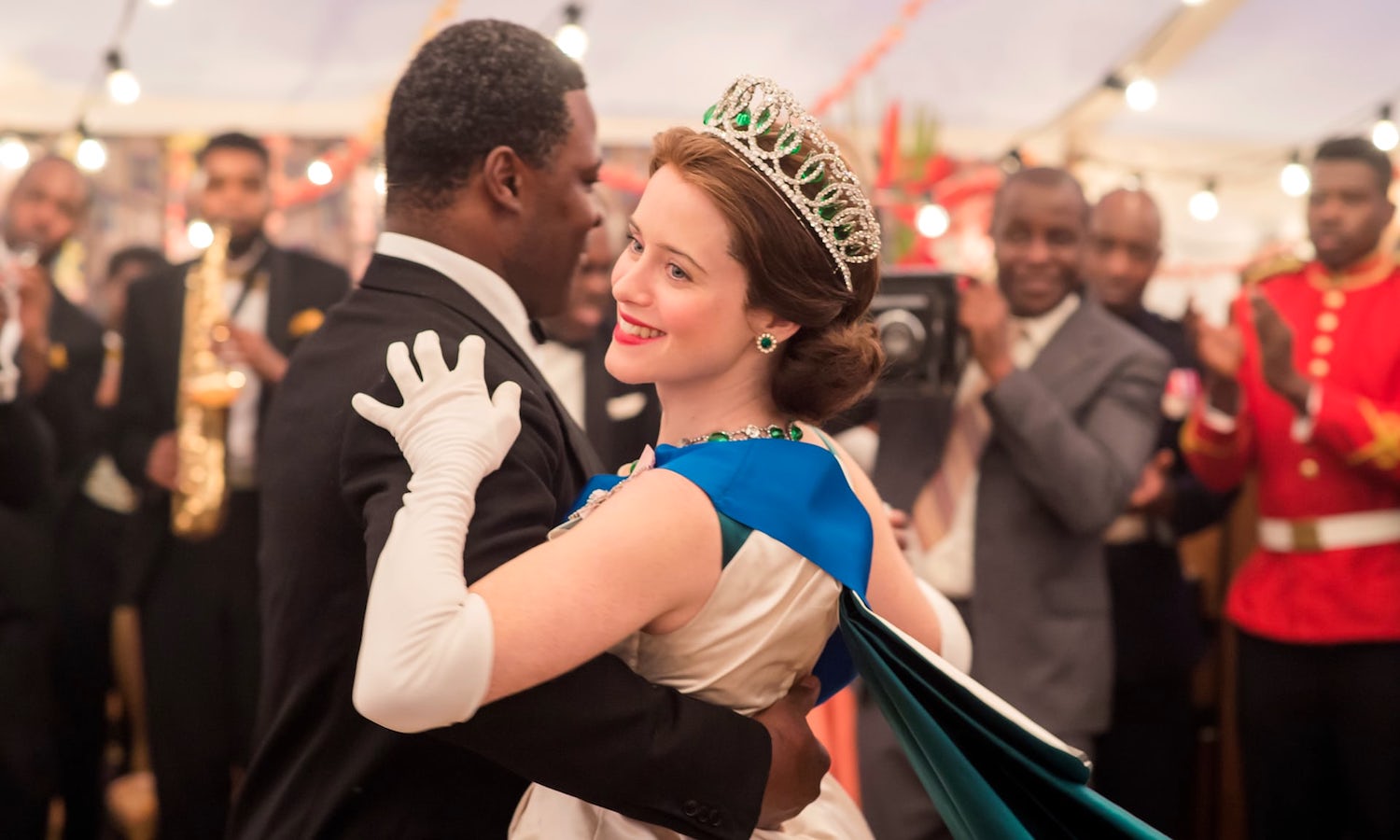
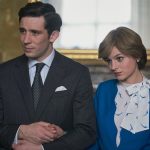
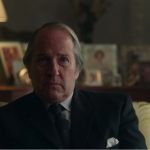
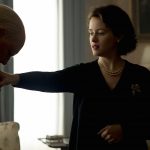
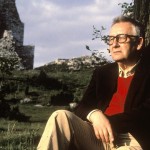
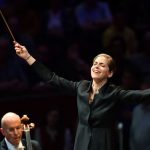

Leave a Reply